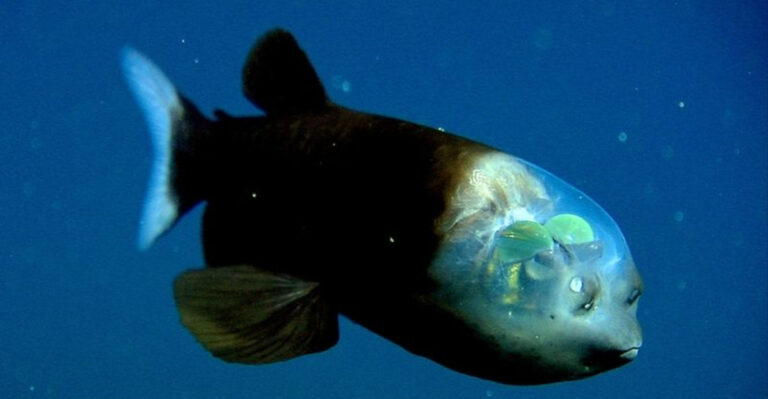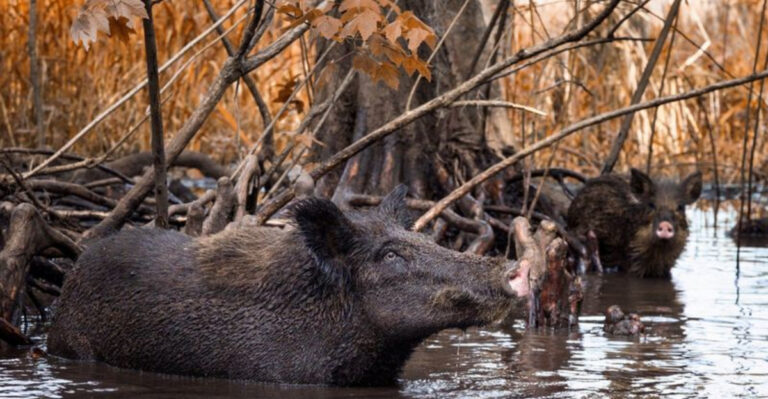Bull Shark Teeth Explained: What They Reveal About Their Powerful Bite And Diet
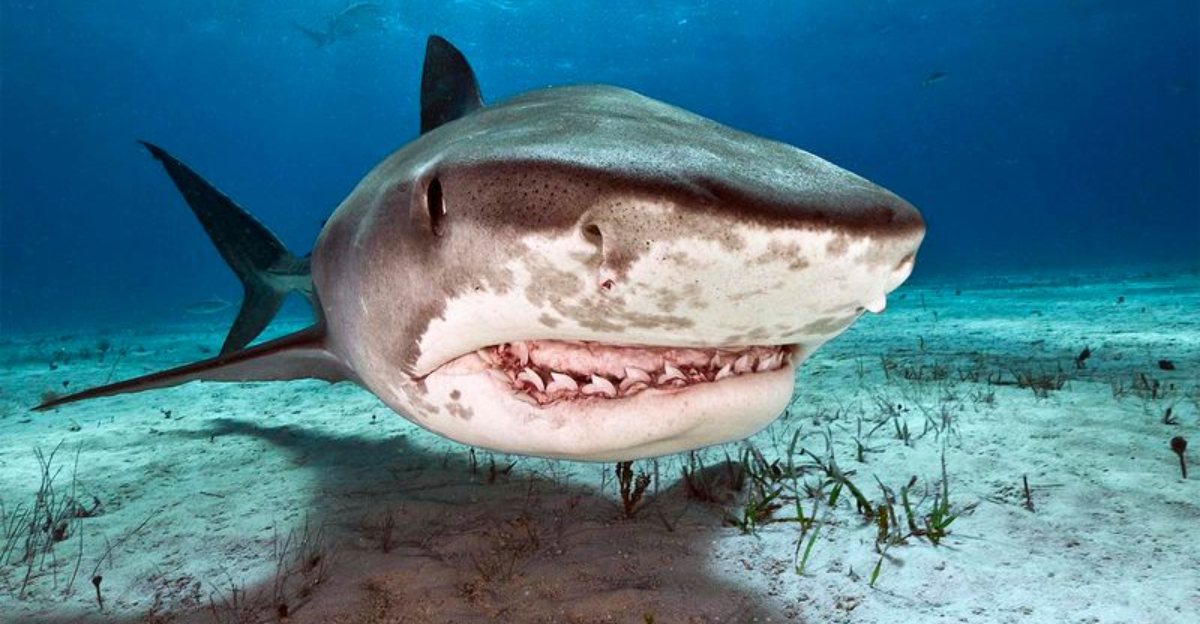
Ever wonder what makes bull sharks such fearsome predators? The secret lies in their remarkable teeth!
These specialized chompers help bull sharks dominate both freshwater and saltwater environments, making them uniquely adaptable hunters.
Understanding their teeth reveals fascinating insights about how these creatures survive and thrive in diverse habitats.
1. Bull Shark Teeth Are Triangular And Serrated
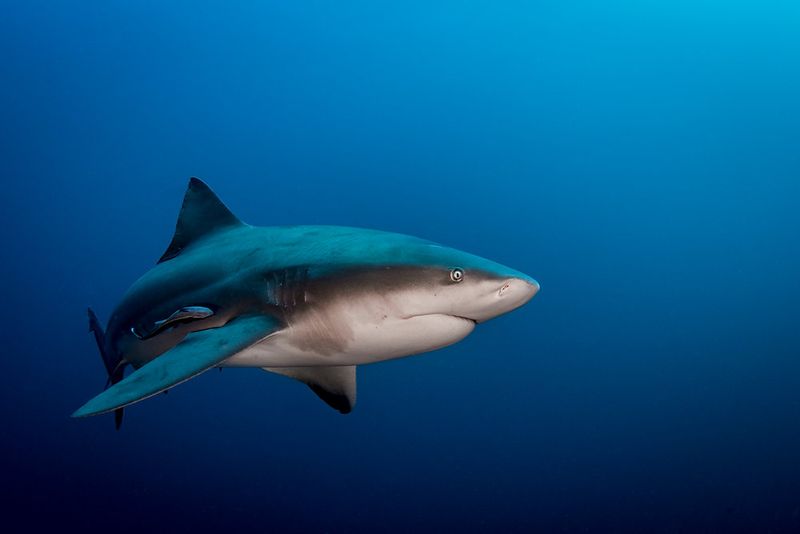
Picture a row of mini steak knives lining a shark’s mouth! The triangular shape provides strength for puncturing tough prey, while serrated edges act like built-in saws for cutting through flesh.
This design makes bull shark teeth perfect for their hunting style – grab, tear, and devour.
2. Their Teeth Are Designed To Tear Through Flesh

Nature crafted these teeth for maximum efficiency! The upper teeth are narrower and more pointed for gripping prey, while lower teeth have broader bases for stability.
Working together, they create a fatal combination that can shred through tough hides, scales, and even small bones with shocking ease.
3. Bull Sharks Can Regrow Teeth Throughout Their Lives
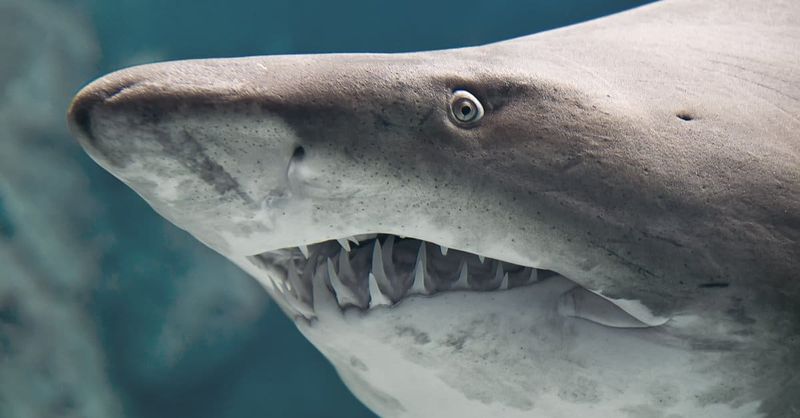
Talk about dental superpowers! Unlike humans with our measly two sets of teeth, bull sharks continuously replace their chompers throughout life.
When a tooth breaks or falls out during a feeding frenzy, another moves forward from the reserve rows behind it. Some bulls may go through 20,000+ teeth in their lifetime!
4. Multiple Rows Of Teeth Allow Constant Replacement
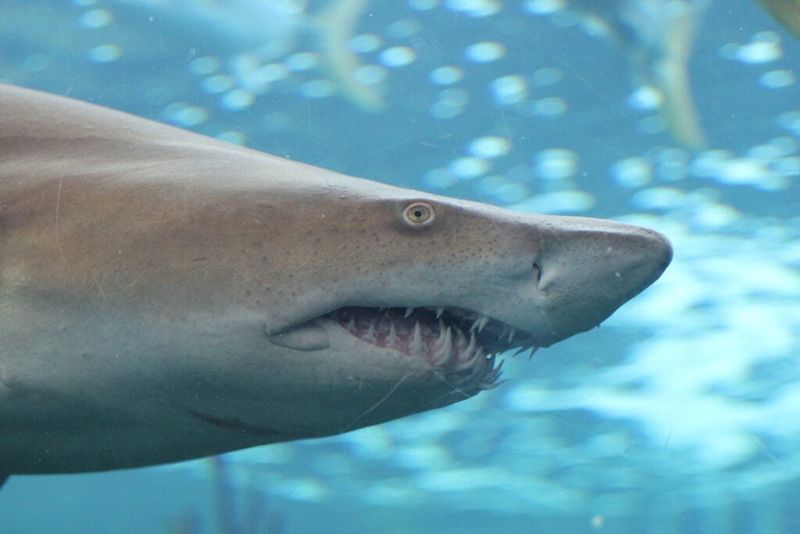
Peek inside a bull shark’s mouth and you’ll find a conveyor belt of teeth! Behind the front row lie 5-7 additional rows, each waiting their turn to move forward.
Like a dental assembly line, new teeth develop at the back while front teeth handle the dirty work. When one falls out, the replacement is ready within days!
5. Powerful Jaws Deliver One Of The Strongest Bites
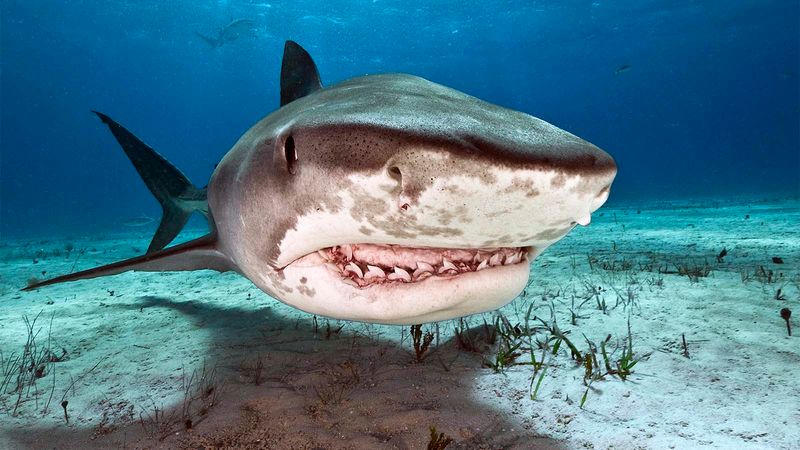
Imagine clamping down with 1,300 pounds of force! Bull sharks pack this punch into each bite, ranking among the strongest biters in the animal kingdom.
Their jaw muscles are specially designed to work with their teeth for maximum impact. This extraordinary bite force helps them tackle prey other sharks might avoid.
6. Teeth Reveal A Diet That Includes Fish And Mammals

Food detectives can learn a lot from bull shark teeth! Their versatile dental equipment handles everything from slippery fish to tough-skinned mammals.
Unlike specialized feeders like whale sharks, bull sharks’ teeth show they’re true opportunists. Scientists studying tooth marks on prey can identify which shark species was responsible for an attack.
7. Bulls Often Hunt In Murky Or Shallow Waters
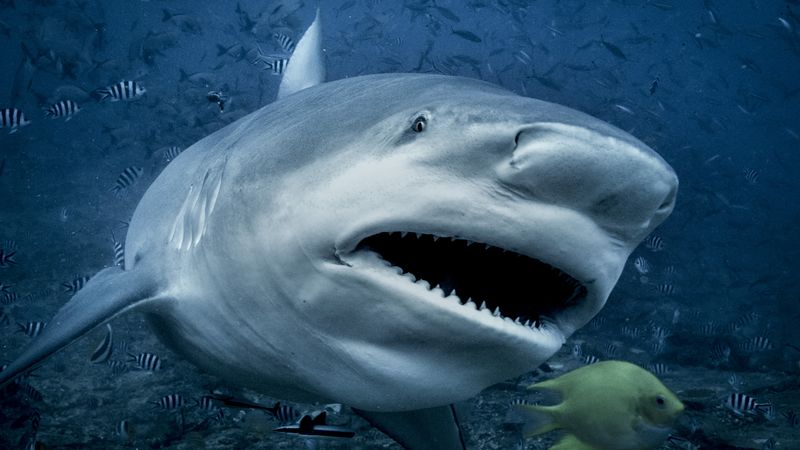
Muddy waters don’t slow these hunters down! Their teeth are perfect for the ambush hunting style needed in low-visibility environments.
When you can’t see well, having teeth that grab on first contact is crucial. Bull sharks rely less on precision and more on powerful initial bites to secure prey in cloudy coastal waters.
8. Tooth Structure Supports Their Opportunistic Diet

Jack-of-all-trades teeth make bulls the ultimate food opportunists! Neither too specialized nor too generic, their dental equipment handles practically anything they encounter.
From crunching turtle shells to slicing through fish, these adaptable teeth explain why bull sharks eat over 50 different food species. Their diet flexibility contributes significantly to their survival success.
9. Teeth Adapt Well To Both Fresh And Saltwater Prey
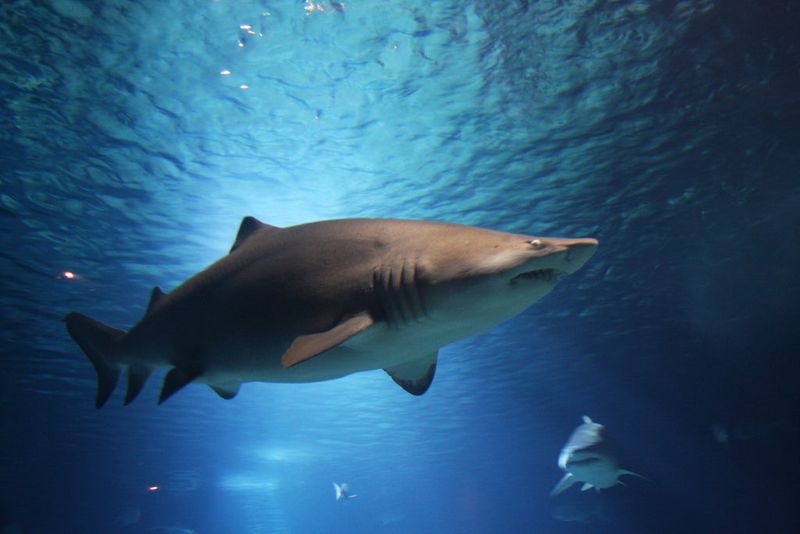
Freshwater or saltwater buffet? No problem for these chompers! Bull sharks uniquely maintain tooth integrity in both environments due to special enamel composition.
River fish and ocean prey require different handling techniques. Their tooth structure works equally well whether they’re hunting in the Mississippi River or coastal ocean waters.
10. Bull Shark Bites Leave Distinct Wound Patterns

Forensic experts can identify bull shark attacks by tooth signatures! Their bite marks show a characteristic pattern of triangular punctures and ragged tears.
The upper teeth create deep puncture wounds while lower teeth leave more tearing damage. This distinctive bite pattern helps researchers track bull shark movements and behaviors in different regions.
11. Great White Teeth Are Larger But Less Adapted For Freshwater
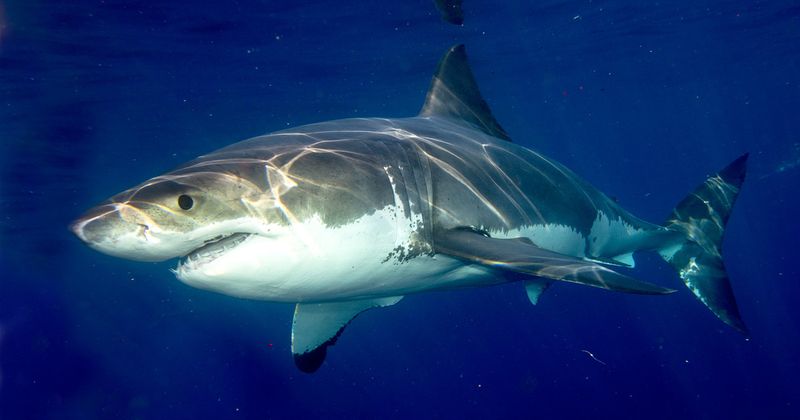
Size isn’t everything in the shark world! While great whites boast bigger teeth (some reaching 3 inches), bull sharks win the versatility contest.
Great white teeth excel at hunting seals in saltwater but lack the adaptations for freshwater environments. Bull sharks’ more modest-sized teeth function effectively across diverse habitats, giving them a unique ecological advantage.
12. Tiger Shark Teeth Are Better Suited For Crushing Hard Shells
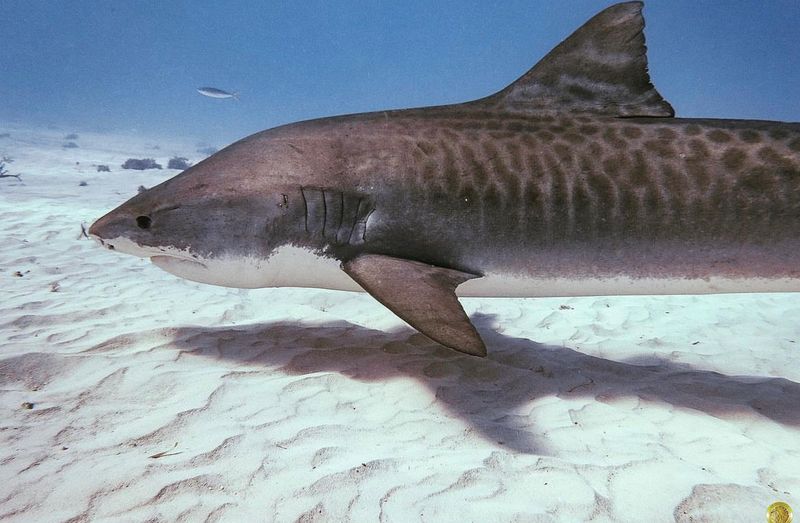
Different sharks, different dental specialties! Tiger sharks have notched, curved teeth perfect for cracking turtle shells and other hard prey.
Bull sharks, meanwhile, focus on versatility rather than specialization. Their teeth represent a middle ground in shark evolution – not too specialized, allowing them to exploit more food sources than their cousins.
13. Mako Shark Teeth Are Narrower And Built For Grabbing Fast Fish
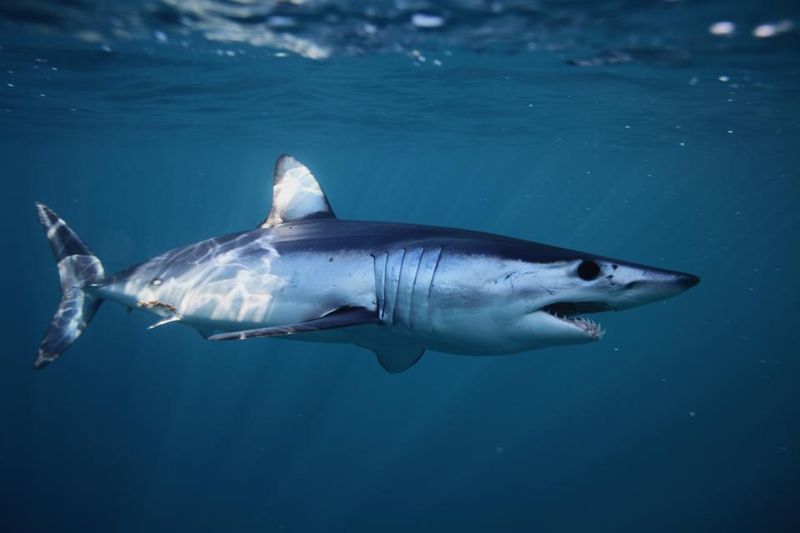
Speed demons need specialized teeth! Mako sharks, the ocean’s fastest sharks, have narrow, less serrated teeth designed for spearing quick-moving fish.
Bull sharks sacrifice some speed for versatility. Their broader, more serrated teeth might not catch speedsters like makos, but they can handle a much wider menu of slower prey in various environments.


